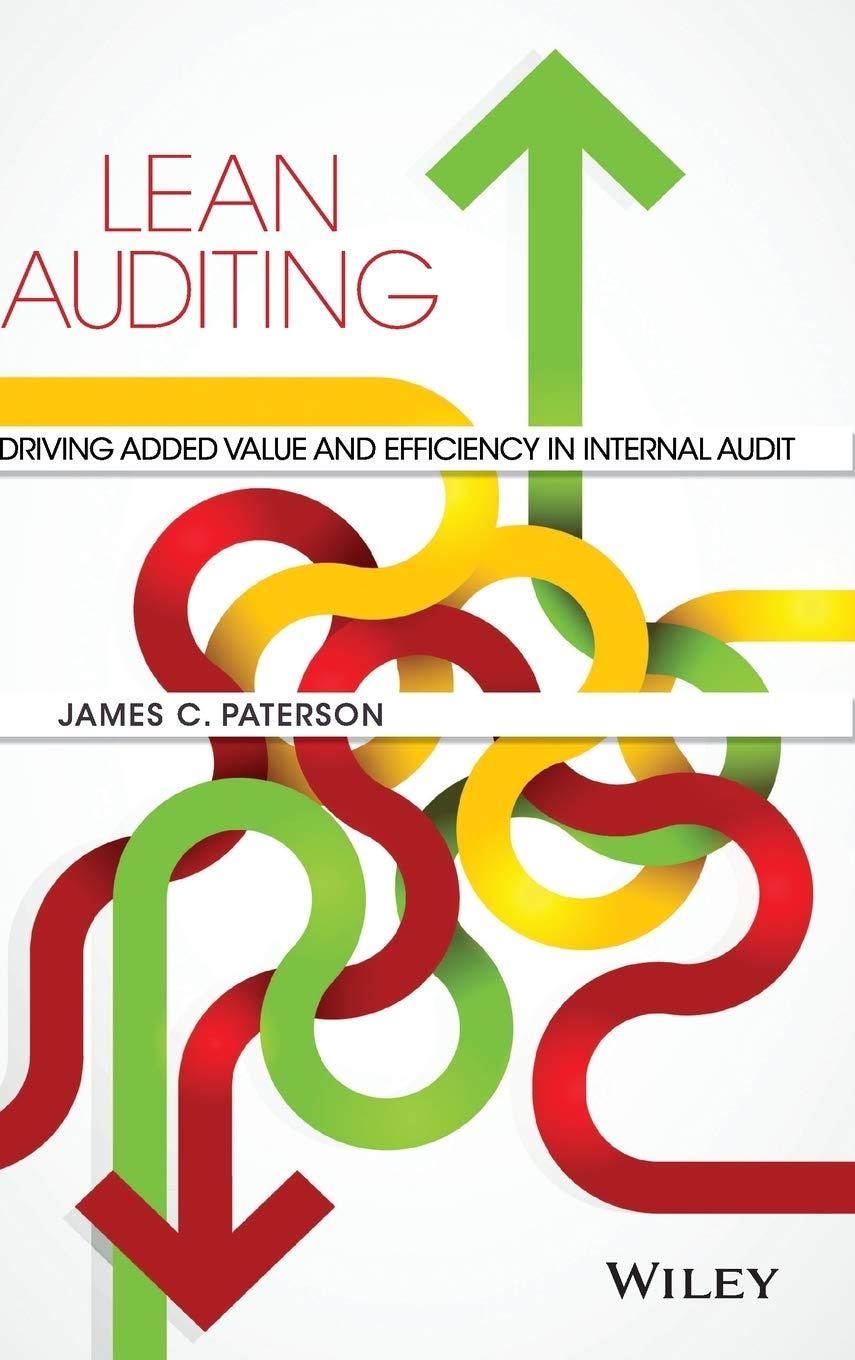Question
2. A project requires an initial investment of $71,000 and has a project profitability index of 0.340. The present value of the future cash inflows
2. A project requires an initial investment of $71,000 and has a project profitability index of 0.340. The present value of the future cash inflows from this investment is:
a. $95,140 b. $71,000 c. $46,860 d. Cannot be determined with available data.
3. Tranter, Inc., is considering a project that would have a ten-year life and would require a $2,552,000 investment in equipment. At the end of ten years, the project would terminate and the equipment would have no salvage value. The project would provide net operating income each year as follows: (Ignore income taxes.)
Sales $ 2,400,000 Variable expenses 1,550,000 Contribution margin 850,000 Fixed expenses: Fixed out-of-pocket cash expenses $ 270,000 Depreciation 200,000 470,000 Net operating income $ 380,000 Use Exhibit 13B-2, to determine the appropriate discount factor(s) using tables. All of the above items, except for depreciation, represent cash flows. The company's required rate of return is 14%.
Required: a. Compute the project's net present value. (Negative amount should be indicated by a minus sign. Round discount factor(s) to 3 decimal places, intermediate and final answers to the nearest dollar amount. Omit the "$" sign in your response.)
Net present value $
b.Compute the project's internal rate of return to the nearest whole percent. (Round discount factor(s) to 3 decimal places and final answer to the nearest whole percent. Omit the "%" sign in your response.)
Internal rate of return ___%
c. Compute the project's payback period. (Round your answer to 1 decimal place.)
Payback period ___ years
d. Compute the project's simple rate of return. (Round your final answer to the nearest whole percent. Omit the "%" sign in your response.)
Simple rate of return ___%
6. (Ignore income taxes in this problem.) Neighbors Corporation is considering a project that would require an investment of $374,000 and would last for 8 years. The incremental annual revenues and expenses generated by the project during those 8 years would be as follows: Sales $270,000 Variable expenses 26,000 Contribution margin 244,000 Fixed expenses: Salaries 44,000 Rents 57,000 Depreciation 52,000 Total fixed expenses 153,000 Net operating income $91,000 The scrap value of the project's assets at the end of the project would be $34,000. The cash inflows occur evenly throughout the year. The payback period of the project is closest to: a. 2.5 years b. 3.2 years c. 4.1 years d. 2.6 years
9. The management of an amusement park is considering purchasing a new ride for $30,000 that would have a useful life of 10 years and a salvage value of $3,000. The ride would require annual operating costs of $15,000 throughout its useful life. The company's discount rate is 8%. Management is unsure about how much additional ticket revenue the new ride would generate-particularly because customers pay a flat fee when they enter the park that entitles them to unlimited rides. Hopefully, the presence of the ride would attract new customers. (Ignore income taxes.)
Click here to view Exhibit 13B-1 and Exhibit 13B-2 to determine the appropriate discount factor(s) using tables.
Required: How much additional revenue would the ride have to generate per year to make it an attractive investment? (Round discount factor(s) to 3 decimal places, intermediate and final answers to the nearest dollar amount. Omit the "$" sign in your response.)
Additional revenue $
10. Sheridon Corporation is investigating automating a process by purchasing a new machine for $521,000 that would have a 5 year useful life and no salvage value. By automating the process, the company would save $145,000 per year in cash operating costs. The company's current equipment would be sold for scrap now, yielding $28,000. The annual depreciation on the new machine would be $104,200. (Ignore income taxes.)
Required: Determine the simple rate of return on the investment to the nearest tenth of a percent.. (Round your answer to 1 decimal place. Omit the "%" sign in your response.)
Simple rate of return %
Step by Step Solution
There are 3 Steps involved in it
Step: 1

Get Instant Access to Expert-Tailored Solutions
See step-by-step solutions with expert insights and AI powered tools for academic success
Step: 2

Step: 3

Ace Your Homework with AI
Get the answers you need in no time with our AI-driven, step-by-step assistance
Get Started


